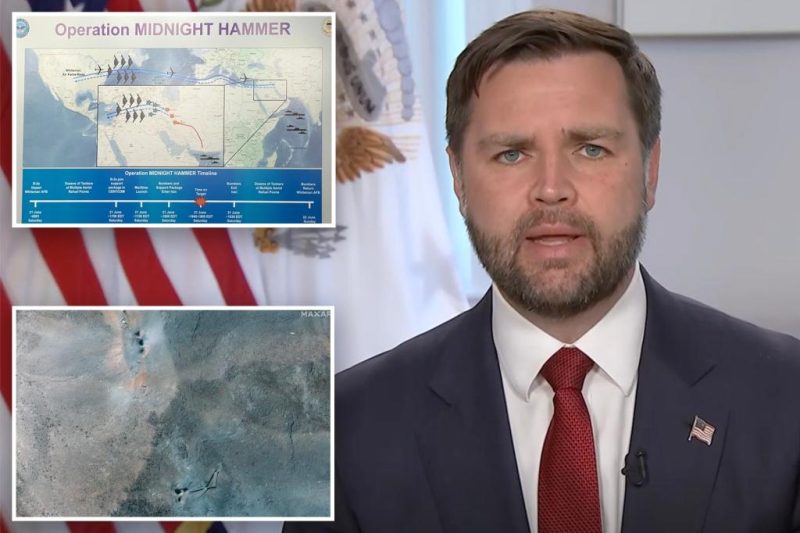
Vice President JD Vance recently issued a statement clarifying the administration’s stance on potential military intervention in Iran. He emphatically stated that the US has no intention of deploying ground troops to the region, aiming to reassure the public and potentially alleviate international tensions. This declaration comes amidst a complex geopolitical landscape marked by ongoing uncertainty and escalating regional conflicts.
However, Vance’s statement also acknowledged a less reassuring reality. While ruling out a boots-on-the-ground approach, he revealed that the administration is actively preparing for the possibility of sleeper cell attacks within the United States. This admission highlights a significant shift in focus, suggesting a heightened awareness of the potential for domestic threats stemming from international conflicts.
The juxtaposition of these two statements – a firm denial of ground troop deployment alongside an acknowledgement of domestic threat preparation – paints a picture of a cautious and strategic approach to the situation. The administration is clearly attempting to balance the need to project strength and deter aggression abroad with the equally crucial task of safeguarding national security at home. This dual focus underscores the multifaceted nature of modern geopolitical challenges and the complexities involved in navigating them.
The implications of Vance’s statements are far-reaching. The reassurance offered regarding ground troops may help to calm anxieties both domestically and internationally, but the simultaneous acknowledgement of the sleeper cell threat serves as a stark reminder of the pervasive nature of modern conflict. It is likely that this statement will fuel further debate and discussion regarding the appropriate balance between military preparedness and proactive counterterrorism strategies. The coming weeks and months will undoubtedly reveal further details about the administration’s approach and the specific measures being taken to mitigate the identified threats.










